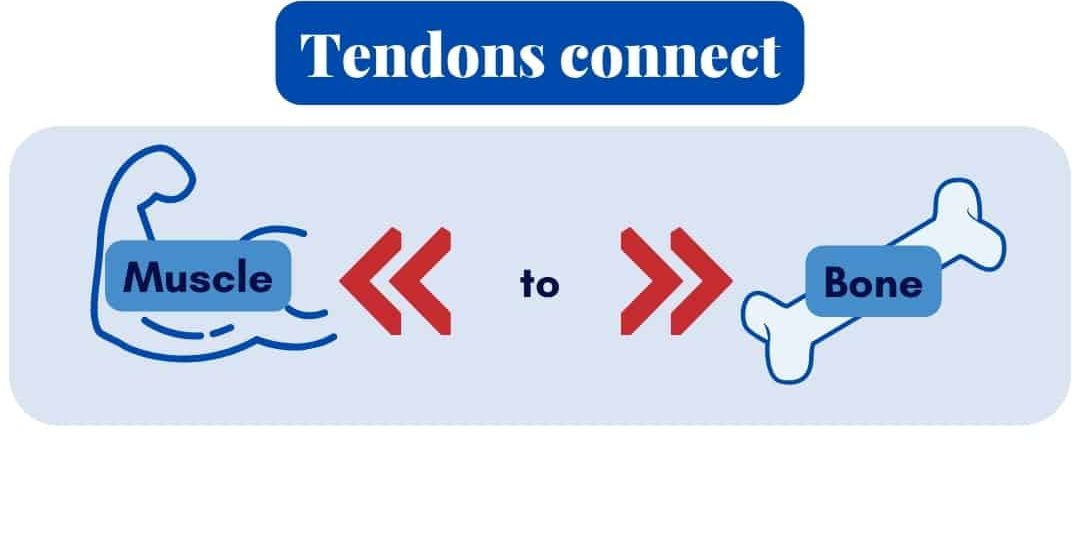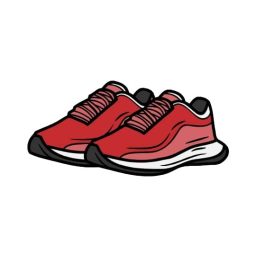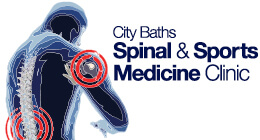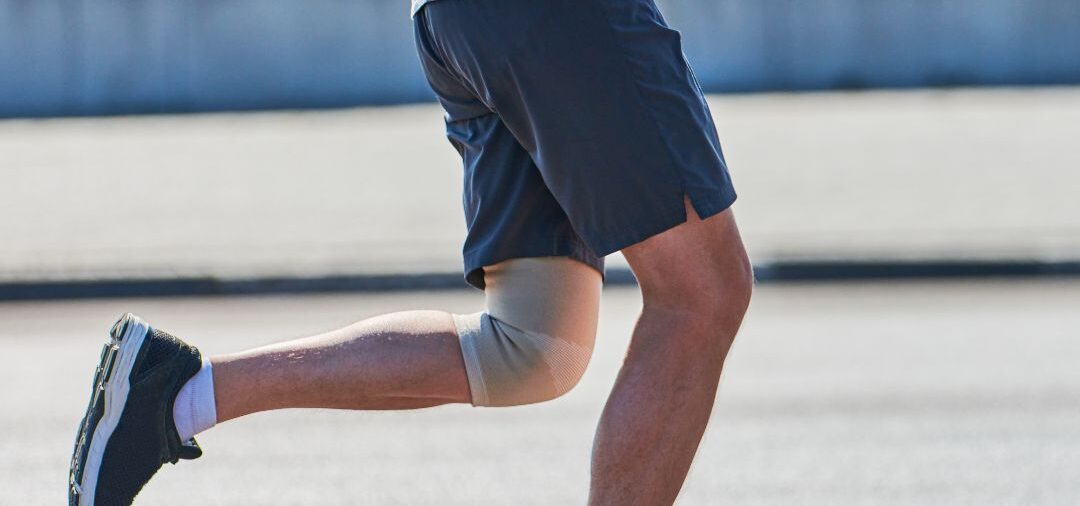
Welcome back to running season!
Any avid runner understands how frustrating it is to be sidelined by an injury, watching the kilometres tick by while you’re stuck in recovery mode. However, with patience, dedication, and the right approach, returning to running is not only possible, but the journey towards reclaiming your stride can be extremely rewarding.
Tendon injuries, such as Achilles tendon or patella tendon injuries, are common ailments many runners will or have experienced at some point, so let’s explore the ins and outs of safely getting back on track after a tendon injury.
Understanding the injuries:
What is a tendon?

Tendons are stretchy, rope-like pieces of soft tissue that connect your muscles to your bones. They help your bones and muscles move together safely.
For more information about tendon structure, function, and how our tendons can become injured or sore, have a read of our previous blogs:

Achilles & Patella Tendons
The Achilles tendon connects the calf muscles to the heel bone.
Your patella tendon connects the kneecap to the shinbone.
Both play crucial roles in the mechanics of running and are susceptible to overuse, strain, and tears, particularly in athletes who engage in repetitive activities like running.

Rehab phase 1
Rehabilitation and Recovery:
The first step in returning to running after Achilles tendon or patella tendon injuries is a comprehensive rehabilitation program. This typically involves:
- “De-loading”: While complete rest might seem like the best option for a sore tendon, it’s not actually helpful. Instead, you need to engage in the right amount of activity for your tendon, and it can be difficult to work out what this amount is, but could look like: a reduction in walking, gym or running loads to a level your tendon can tolerate.
- Physiotherapy: A structured physio program can help restore strength, flexibility, and range of motion to the injured tendon and surrounding muscles. Exercises may include calf raises, lower limb kinetic chain, and balance exercises.


- Gradual Overload/Progression: As the tendon heals and strength improves, your physiotherapist will gradually introduce more challenging exercises and activities to prepare you for the demands of running.
Phase 2
Return to Running Program:
Once you’ve completed the initial phase of rehabilitation and your physiotherapist gives you the green light, it’s time to embark on a structured return-to-running program.
Here’s a general outline of what this may look like:

Start Slow
Begin with a combination of walking and jogging at a comfortable pace. Focus on maintaining proper form and listen to your body's cues. Pay attention to any pain or discomfort and adjust your activity level accordingly.

Incremental Increases
Gradually increase the duration and intensity of your runs over time. A common guideline is to increase mileage by no more than 10-30%% per week to avoid overloading the healing tendon.

Cross-training
Incorporate low-impact cross-training activities such as swimming, cycling, or elliptical training to supplement your running routine and reduce the risk of overuse injuries.

Listen to your body
Pay attention to any signs of pain, swelling, or discomfort during and after your runs. If you notice anything out of the ordinary, don't hesitate to dial back your training and consult with your physio or a healthcare practitioner.

Maintain
Once you reach your desired level of running, work hard to maintain that level. Your tendon will appreciate fewer changes in volume from week to week.
Returning to running after a tendon injury will require patience, persistence, and a gradual approach.
By following a structured rehabilitation program, listening to your body, and prioritising injury prevention, you can safely rebuild your strength and endurance and get back to doing what you love: hitting the pavement one stride at a time.
Remember, Rome wasn’t built in a day, and neither is a resilient runner. Take it one step at a time, and celebrate your progress along the way.
Happy running!

Do you need guidance in recovering from a tendon injury? Or would you like some help planning a safe running program?
The City Baths Spinal & Sports Medicine Physiotherapy team are here to help!
We can diagnose your current injury or pain, instruct you through rehabilitation and assist you in planning a safe return to clocking up those kilometres.
Choose the right physio for you via our Meet the Team page.
OR

